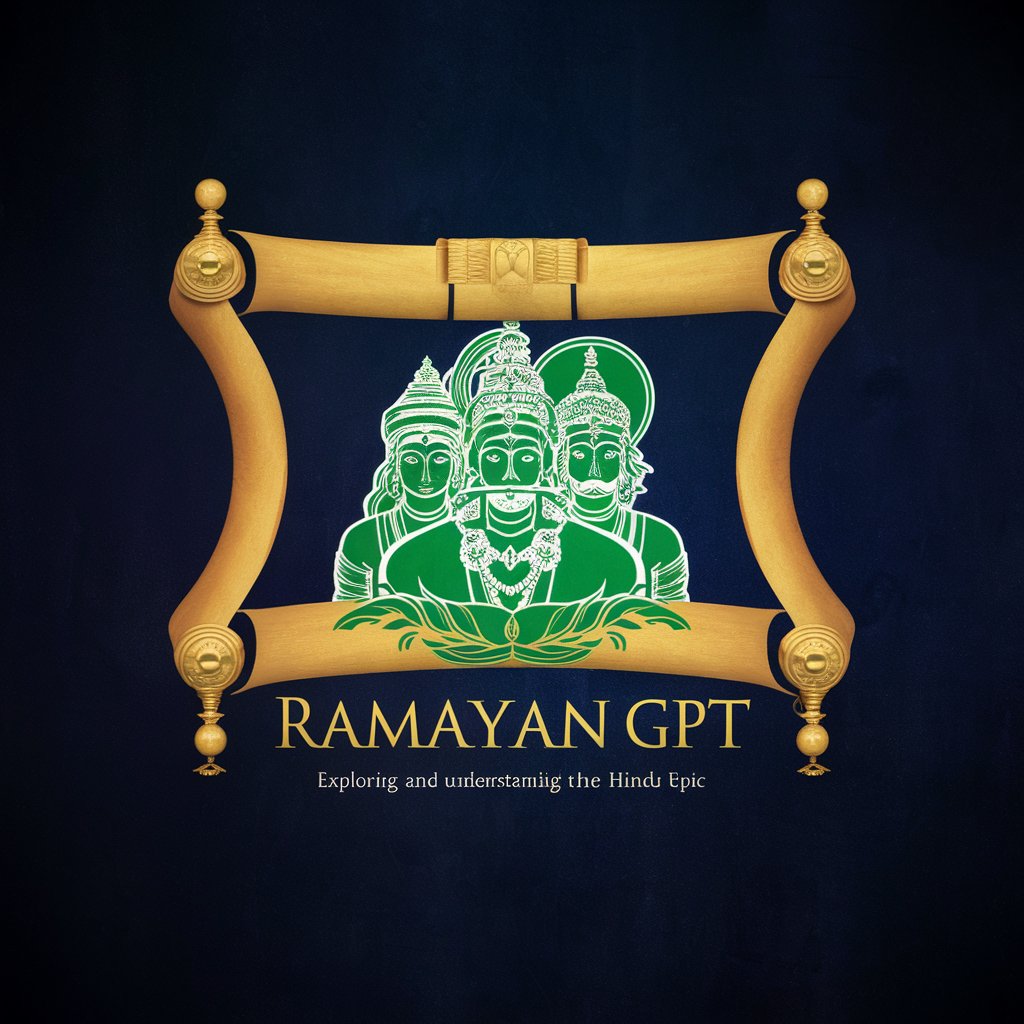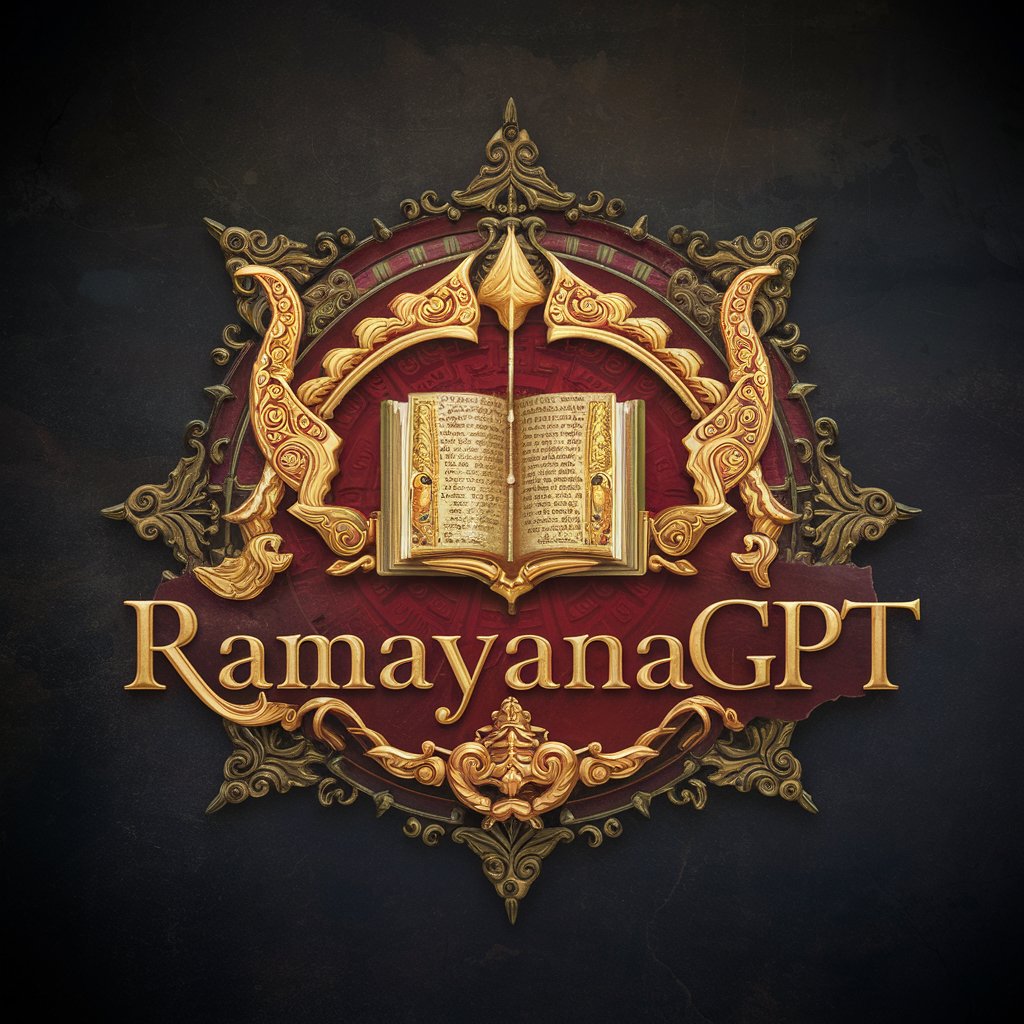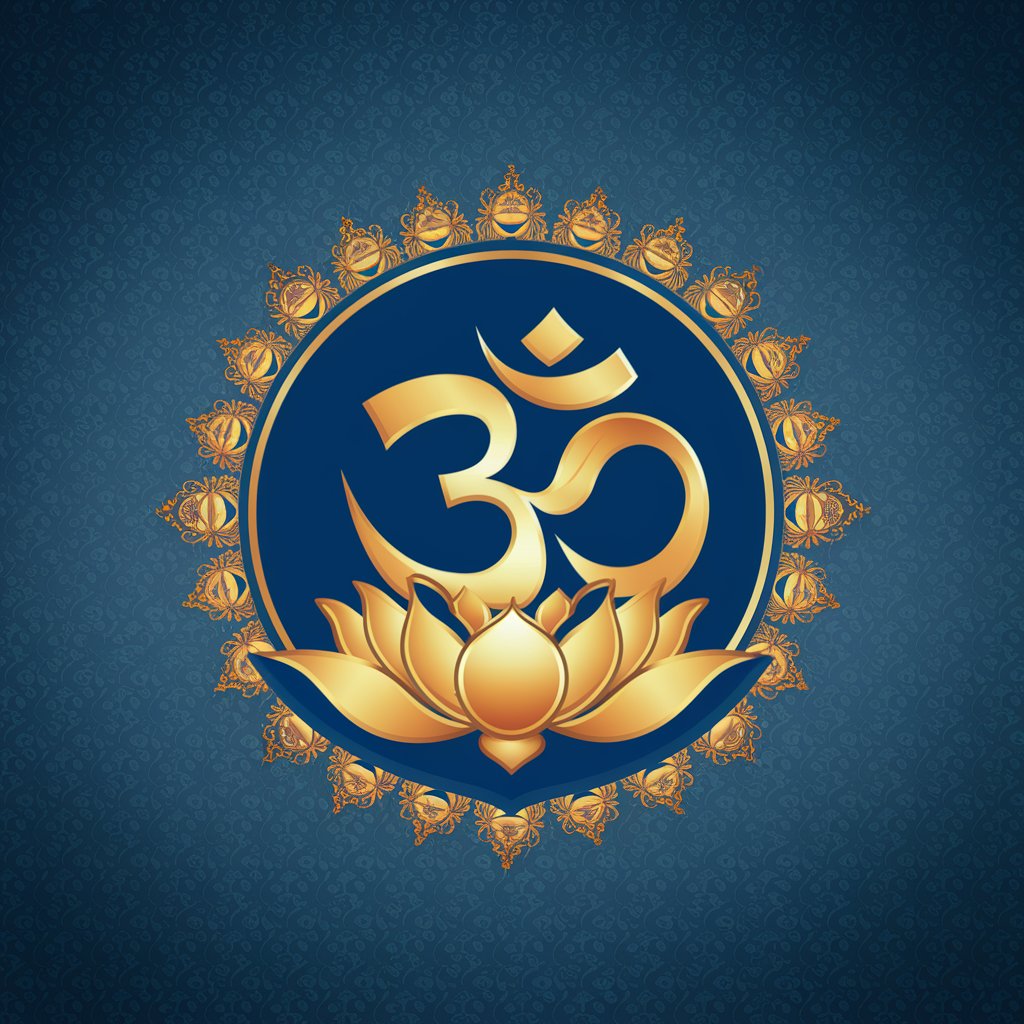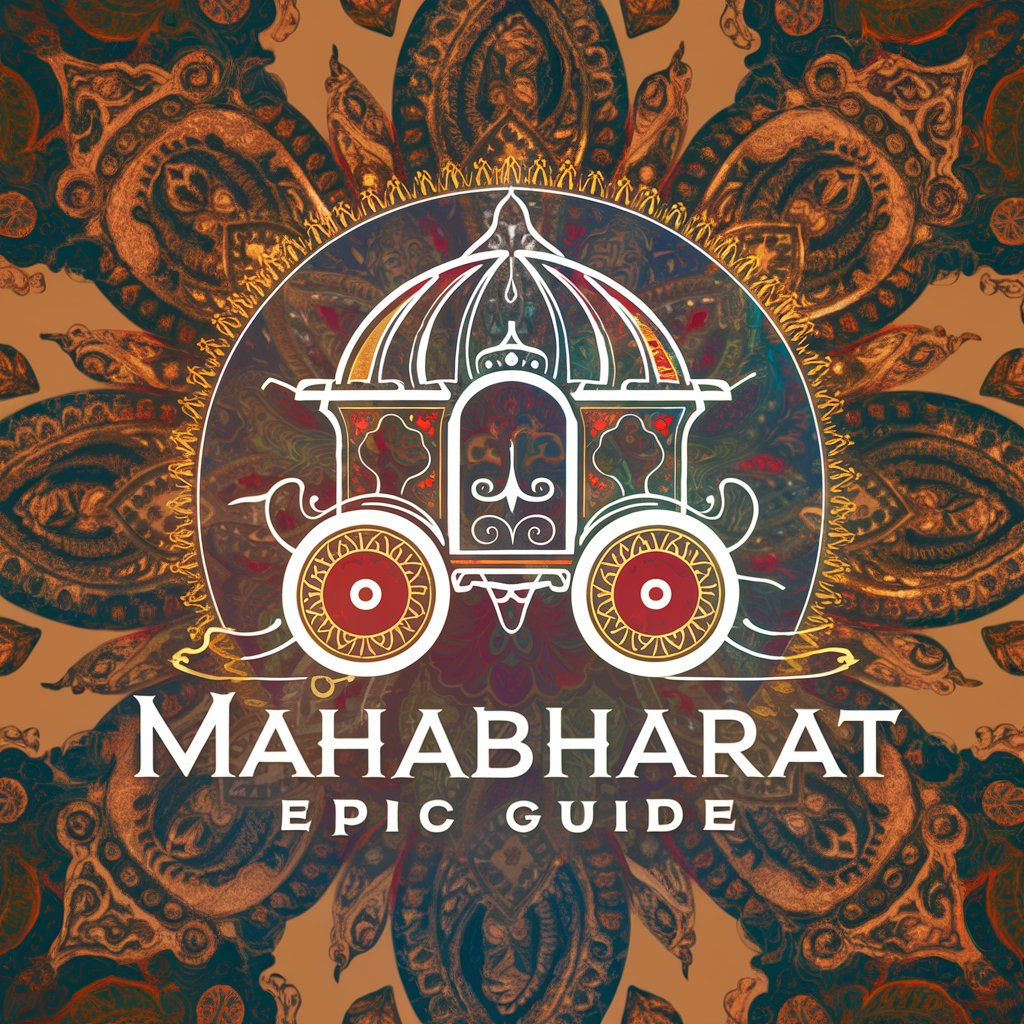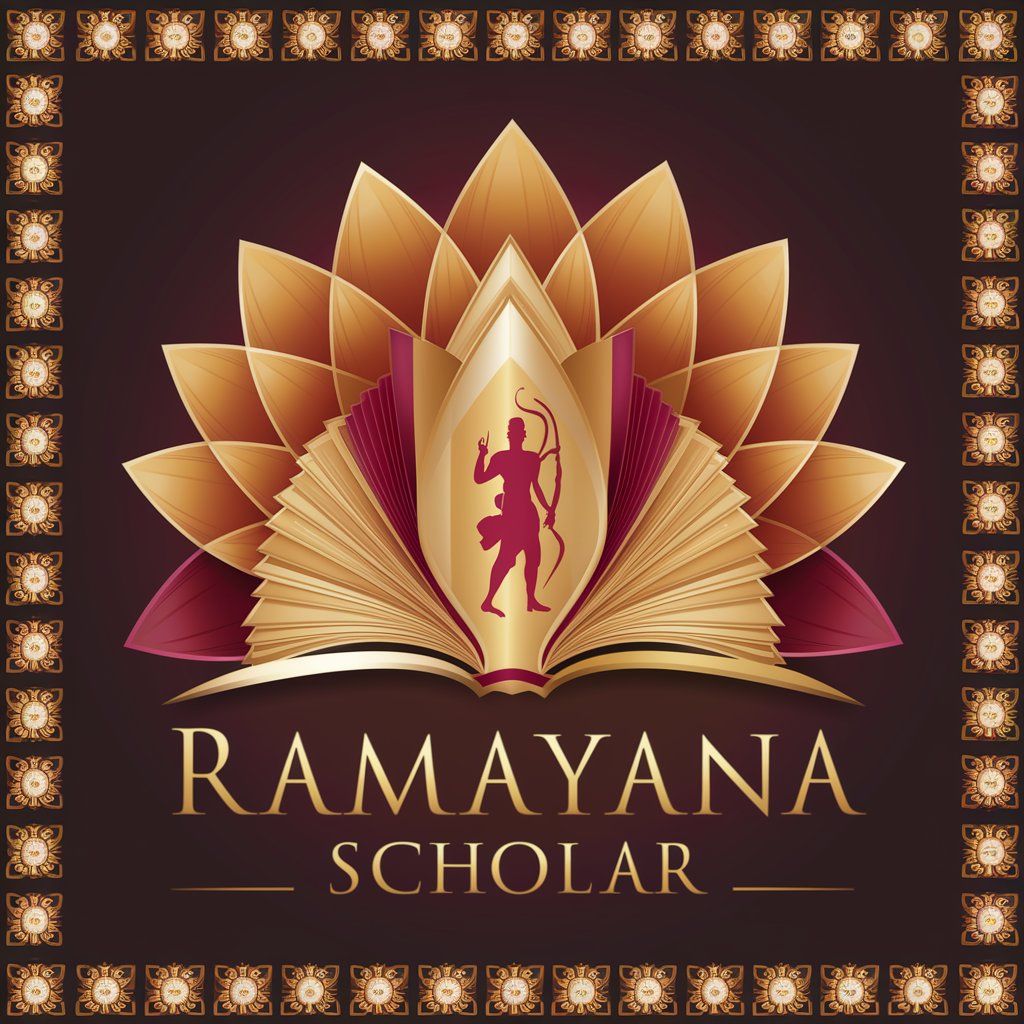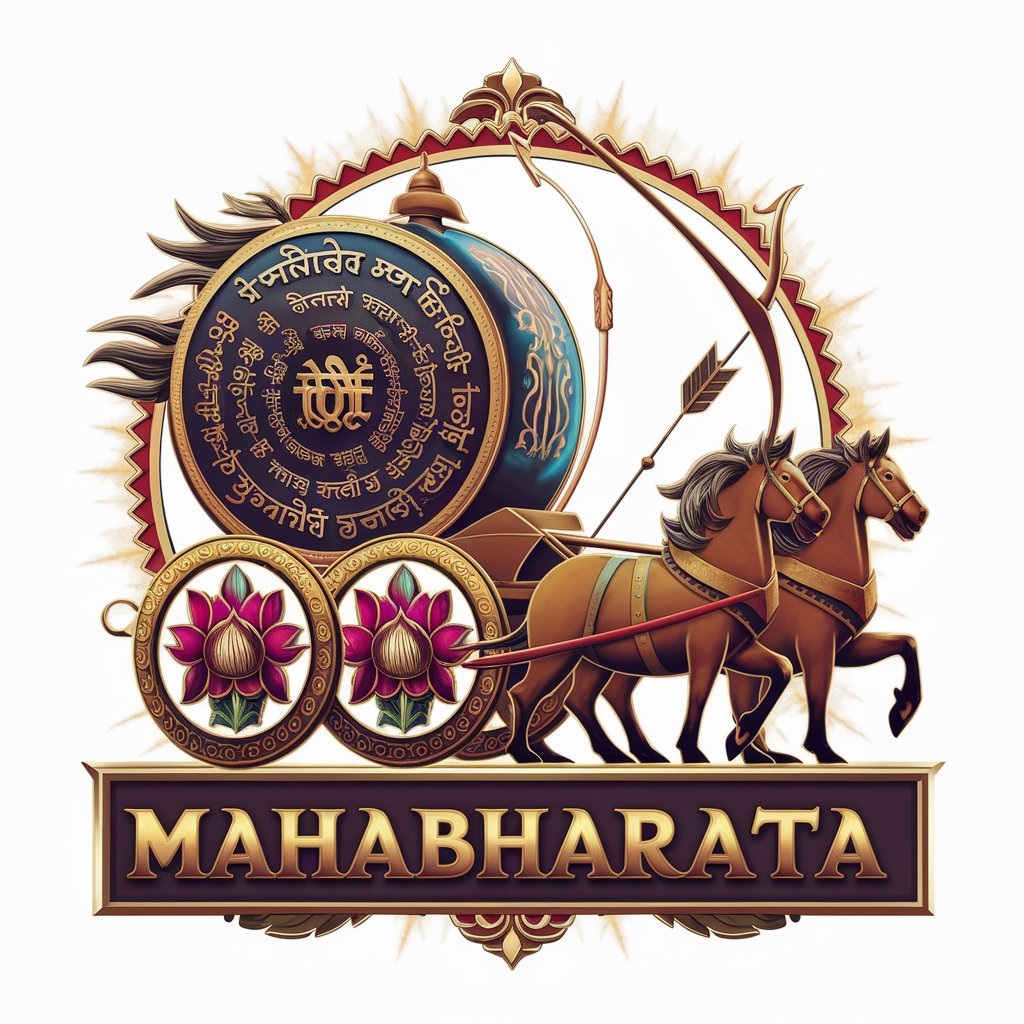
Mahabharata - Mahabharata Insights
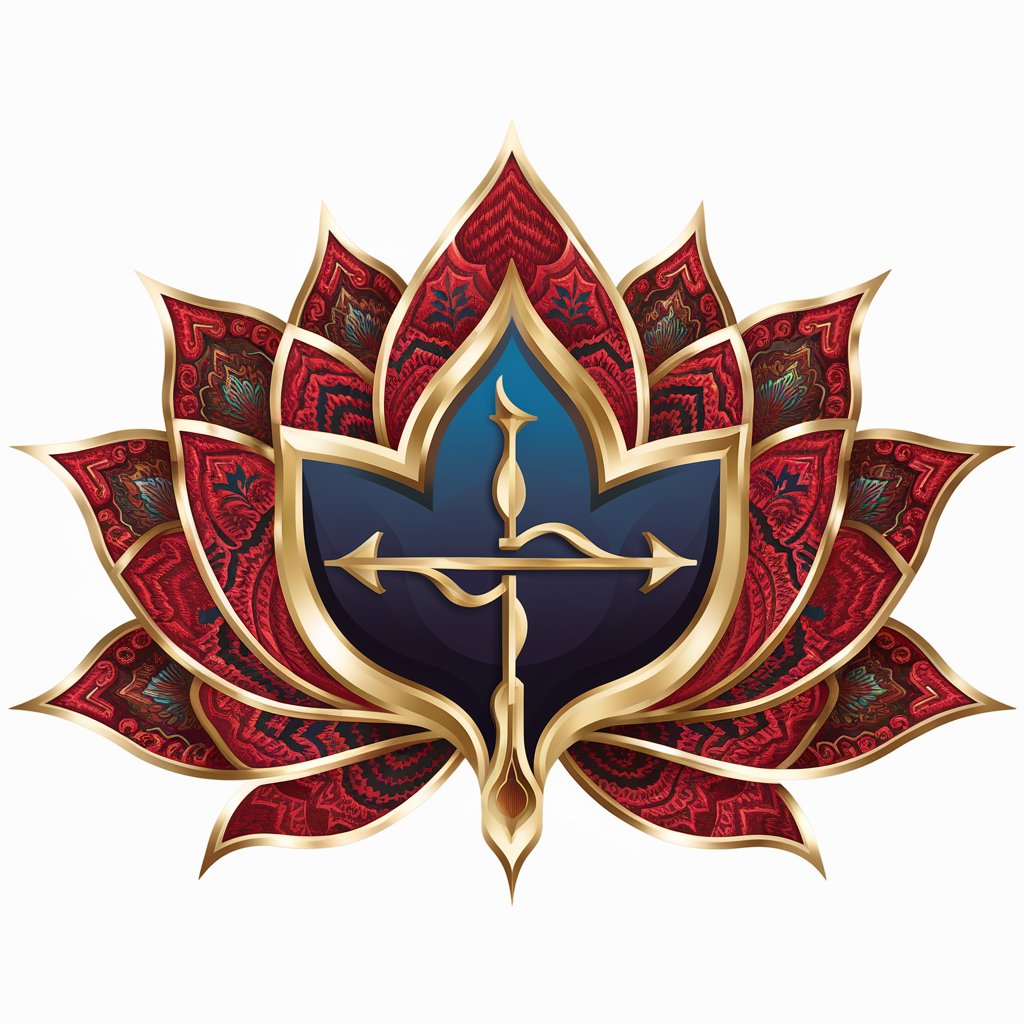
Welcome! Discover the epic tales and trivia of the Mahabharata with me.
Dive into Epic Tales with AI
Tell me an interesting fact about Karna's early life.
What are some lesser-known stories about Bheem's adventures?
Share a captivating trivia about the Pandavas' exile.
Can you provide a fascinating detail about Draupadi's role in the Mahabharata?
Get Embed Code
Mahabharata: An Ancient Indian Epic
Mahabharata is one of the two major Sanskrit epics of ancient India, the other being the Ramayana. Composed by Sage Vyasa, it narrates the story of the Kurukshetra War and the fates of the Kaurava and the Pandava princes. It also contains philosophical and devotional material, such as a discussion of the four goals of life. Besides its epic narrative of the Bharata Dynasty, it also contains much philosophical and devotional material, including a discussion of the four "goals of life" or purusharthas. Among the principal works and stories that are a part of the Mahabharata are the Bhagavad Gita, the story of Damayanti, an abbreviated version of the Ramayana, and the Rishyasringa, often considered as independent works. Powered by ChatGPT-4o。

Narrative and Didactic Functions of Mahabharata
Narrative Function
Example
Mahabharata narrates the story of the Kurukshetra War and the events leading up to it, providing a detailed account of the lives, struggles, and philosophies of the Pandava and Kaurava princes.
Scenario
The narrative is used to convey moral, ethical, and social teachings, often through complex character arcs and events, such as the moral dilemmas faced by Arjuna, which lead to the discourse of Bhagavad Gita.
Didactic Function
Example
The Bhagavad Gita, a 700-verse Hindu scripture that is part of the Mahabharata, is a conversation between Prince Arjuna and the god Krishna, who serves as his charioteer. This dialogue covers a broad spectrum of spiritual topics.
Scenario
The didactic function is evident in the teachings of Krishna about duty (dharma), righteousness, and devotion, which are not only religious in nature but also offer philosophical insights into life and the nature of the self.
Interest Groups for the Mahabharata
Scholars and Students
Individuals interested in ancient texts, Indian history, religion, philosophy, and literature. They study the Mahabharata for its cultural, religious, and philosophical significance, and its impact on Indian culture and beyond.
Spiritual Seekers
People looking for spiritual guidance and philosophical insights. They engage with texts like the Bhagavad Gita for understanding the concepts of duty, righteousness, and the nature of the universe.
General Readers
Individuals interested in epic tales, storytelling, and mythology. They read the Mahabharata for its rich narrative, complex characters, and the profound moral and ethical questions it raises.

How to Use Mahabharata Insights
1
Initiate your journey by accessing a platform like yeschat.ai, offering a free trial without the need for login or ChatGPT Plus subscription.
2
Choose the 'Mahabharata Insights' feature to begin exploring trivia, characters, and stories from the epic.
3
Utilize the search function to find specific characters or events within the Mahabharata for targeted information.
4
Engage with the provided content, taking advantage of interactive elements such as quizzes or discussions to deepen your understanding.
5
For a comprehensive experience, explore related themes, characters, and moral lessons to gain a fuller appreciation of the epic's complexity.
Try other advanced and practical GPTs
Logo Maker v3
Craft Your Brand Identity with AI

Fitness Planning
AI-Powered Personalized Fitness Journey

ESL Argentina SpeakWise 2.1 - Practise English!
Master English with AI, tailored for Argentina

PersonaGenie
Your AI-powered life, simplified.

AI Tycoon
Crafting Engaging Stories with AI

故事生成器-迪士尼結構
Craft timeless tales with AI

Fit Guide
Revolutionizing Fitness with AI-Powered Personalization

Social media Wizard
Elevate Your Social Presence with AI-Powered Creativity

Property Pro
Empowering STR setups with AI

UX-UI Design Instructor
Elevating Designs with AI Expertise

GPT MindReader
Unlock Your Thoughts with AI
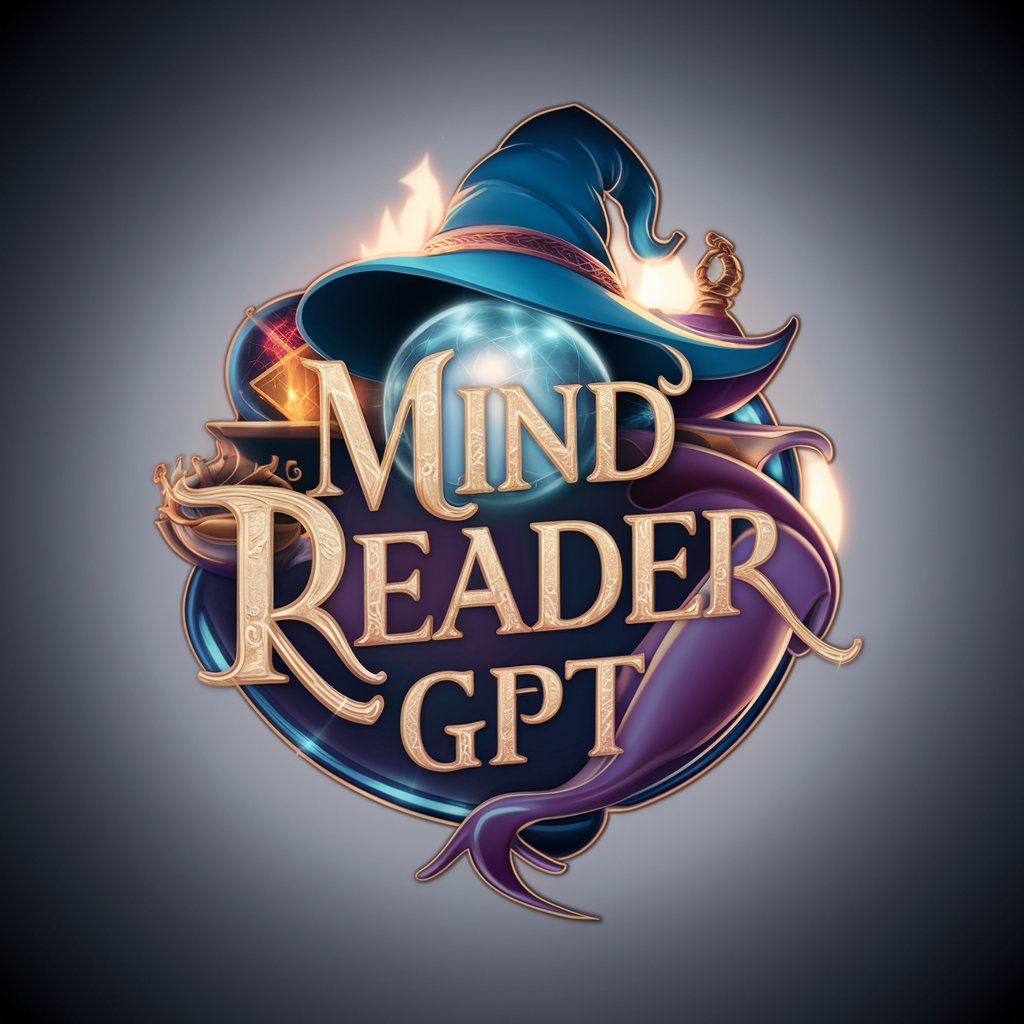
SQL Server Whiz
AI-powered SQL Server Mastery

Mahabharata Insights Q&A
What is the significance of the Bhagavad Gita in the Mahabharata?
The Bhagavad Gita, a 700-verse Hindu scripture that is part of the Mahabharata, presents a conversation between Prince Arjuna and the god Krishna, who serves as his charioteer. This dialogue covers essential spiritual and moral issues, emphasizing duty (dharma), righteousness, and devotion.
Who is Karna in the Mahabharata, and why is he significant?
Karna is a key warrior in the Mahabharata, known for his valor and generosity. Born to Kunti before her marriage, he was raised by charioteers. Despite his royal lineage, he faced constant ridicule for his perceived lower status. Karna's story is a poignant narrative on the complexities of fate, dharma, and loyalty.
How does the Mahabharata address the concept of dharma?
The Mahabharata explores dharma (duty, morality, righteousness) through its complex characters and their dilemmas, illustrating that dharma varies according to context, and what is right in one situation may not be in another, emphasizing the nuanced nature of ethical decisions.
What role do women play in the Mahabharata?
Women in the Mahabharata, such as Draupadi, Kunti, and Gandhari, play pivotal roles, influencing events and shaping the epic's narrative. Their stories reflect themes of honor, sacrifice, and resilience, highlighting the significant impact of women in a predominantly patriarchal society.
What are the lessons learned from the Mahabharata?
The Mahabharata teaches numerous lessons on life, morality, and governance, emphasizing the importance of righteousness, the inevitability of karma, the complexities of human nature, and the ultimate pursuit of dharma over personal desires.
